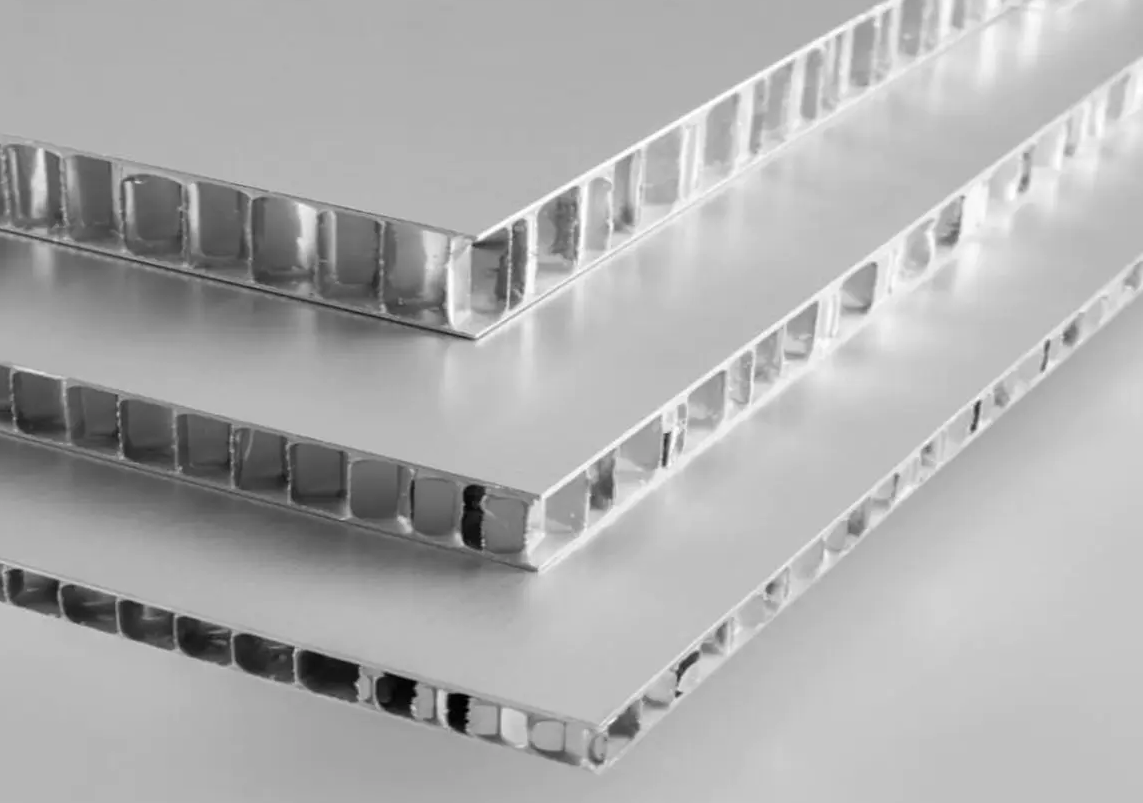Steel honeycomb panels are widely recognized for their structural efficiency and functional flexibility. The honeycomb core provides stability and strength without adding unnecessary weight, making these panels useful in construction, industrial equipment, and transportation. Steel honeycomb panels can also be used in decorative applications where lightweight and strength are both desired.
The manufacturing process involves bonding steel sheets to a honeycomb core, resulting in a panel that combines the strength of steel with the geometry of a honeycomb structure. This combination allows for high rigidity and durability while maintaining a reduced overall weight. Steel honeycomb panels resist deformation, which is particularly beneficial for applications requiring flat or smooth surfaces under load.
These panels are adaptable to a variety of installation methods. They can be mounted as wall panels, flooring systems, or structural partitions. The lightweight design allows for easier handling and reduces the need for heavy supporting frameworks. Steel honeycomb panels also perform well under thermal changes, and their cellular structure can improve insulation and noise reduction properties in buildings and vehicles.
In addition to construction, steel honeycomb panels are increasingly used in transportation and aerospace industries where weight reduction is critical. The panels’ combination of stiffness and light weight helps improve fuel efficiency and structural performance. Maintenance requirements are low, and protective coatings can extend the panel’s lifespan while preserving its appearance and functionality.
Steel honeycomb panels offer a reliable combination of strength, lightweight construction, and adaptability. Their unique design allows for efficient load management and performance under various conditions. These panels are suitable for numerous applications, from building structures to industrial solutions, providing functional advantages without compromising on structural integrity. Steel honeycomb panels continue to serve as a practical material for projects that require a balance of durability and weight efficiency.


